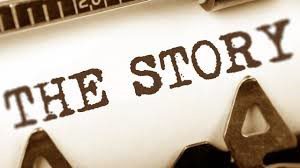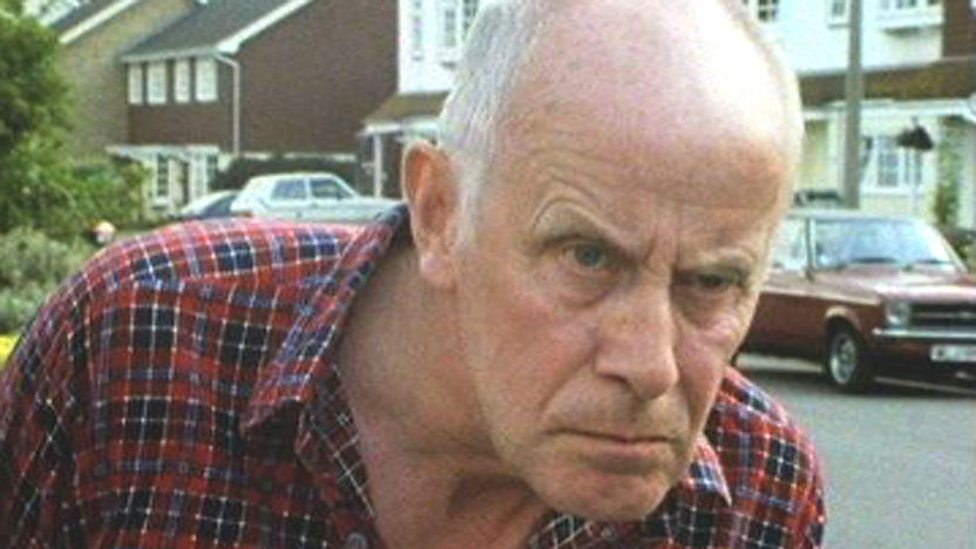 “Useful data comes in the form of stories, not statistics.”
“Useful data comes in the form of stories, not statistics.”
This is a quote from an article in Quartz at Work, written by Taddy Hall, Senior Partner at Lippincott.
And it is a very powerful statement that is important to apply in major gifts, related to the use of wealth data when determining the inclination of a donor to give to your organization. We have been in hundreds of meetings where the wealth and capacity of donors are being reviewed. The most often heard comment is this: “They have a lot of money. Add them to the list. They will make a great donor.”
But what does that statistic have to do with real life? Not much. And that is why I really liked how Taddy framed this thinking. Here are some selected points from his article (quoted with some editing for length):
- When was the last time you heard the story of a great innovation begin with, “I built a killer spreadsheet”?
- More often, you’ll hear stories like the one behind Airbnb’s early growth strategy. Founders Joe Gebbia and Brian Chesky had in their early days been advised by Y-Combinator’s Paul Graham to leave the confines of Silicon Valley and get face time with customers in their most concentrated market, New York City. By doing so, the duo quickly discovered three major problems inhibiting growth: hosts didn’t know how to photograph their apartments attractively; the website’s meticulously designed listing interface was actually a nightmare for hosts; and in-home cash transactions between guests and hosts were inherently awkward.
- Rent the Runway founders Jennifer Hyman and Jennifer Fleiss — with no money and no market analysis — maxed out their credit cards at Bloomingdale’s to buy 100 dresses. They had a ton of questions: Would women rent dresses through the mail? How much would they pay? Would merchandise come back in decent condition? Not only were Hyman and Fleiss able to resolve some of their initial questions, but they unexpectedly discovered that what early enthusiasts liked about Rent the Runway was that they could express their individuality and feel beautiful every single day. This emotional benefit was a much bigger insight than the functional focus of an online dress-sharing platform, and the founders knew they were onto something transformational. The insight carried business model implications as well: suggesting that a membership-based “unlimited rentals” model would resonate, and that this was a large market, not just a luxury niche.
- Intuit founder Scott Cook realized that accounting software was the last thing in the world small business owners wanted. In fact, the whole idea of accounting was unfamiliar and intimidating. Entrepreneurs simply wanted to pursue their business-building dreams without fear of running out of cash, missing payments, or failing to collect an outstanding debt. They didn’t want better accounting tools — they wanted accounting to disappear. For Intuit, this insight revealed a much more powerful purpose: How do we design software so good that accounting disappears?
- Airbnb, Rent the Runway and Intuit are examples of entrepreneurs leveraging small data to make big decisions – and driving transformational outcomes. Essential insights resided in the rich, unexpected narratives of individual customers – not in the smooth predictability of averages or the snippets of surveys.
- The power of big data to enable breakthroughs in many aspects of managerial and scientific endeavor is so staggering that it has generated a religious-like faith in its powers — if we can just get enough data, the truth will be revealed. But this faith is flawed.
- The innovator’s laboratory is full of real people struggling to make progress in their personal and professional lives. Each of us routinely encounters obstacles and opportunities, making choices about how best to deal with them. Real life experiences — whether they include finding a high-end dress for a special event or booking an affordable stay in a new city — are the ore containing innovators’ gold.
- Outliers are more valuable than averages. In order to process mass amounts of data at scale, managers apply analytic software to transform the unwieldy narrative structure of real life into clean, fungible quantitative formats. They scoop up vast troves of information to populate spreadsheets, run analytics, and look for patterns. That path leads to the beige tones of the average, and no great innovation ever came from studying averages.
- Innovation is found on the fringes. Insights lurk in the anomalies and the unexpected.
- The beginner’s mind is far more helpful than the expert’s mind. Startups are full of unwashed entrepreneurs, necessarily processing rich, narrative data with beginners’ minds. Unlike the expert’s mind, in which answers and constraints are already fixed, the beginner’s mind is open to endless possibility and surprise — challenging familiar habits and entrenched mindsets.
- Insights have a narrative structure, and we need those stories if we are to develop successful new offerings. A story, not a statistic, is the shape that an innovation insight takes.
Here is what captured me about this article. It is the story of the customer (read donor) that drives the insight and the planning. It is NOT the data.
Jeff and I and our team have proof that this is true. We have seen scores of situations where the story of the very wealthy donor is not known, nurtured or developed – and the donor gives hardly anything. And we have seen thousands of situations where the MGO learned the story (read passions and interests) of the donor, and in that story found the path to transformational giving by that donor.
When thinking of the donors on your caseload, keep these three statements of Taddy Hall in mind:
- Useful data comes in the form of stories, not statistics.
- Real people are struggling to make progress in their personal and professional lives. (Be curious about the story and struggle of the donor).
- Outliers are more valuable than averages. (The donor’s story will show you the way, not all the data about their wealth).
Remember, it is the life and heart of real people that drives giving. It is what is buried in their experiences and journey that informs their choices. Use data to uncover capacity. But uncover the story to reveal the heart and drivers in a donor’s giving.
Richard






As a very successful entrepreneur and part-time fundraiser, this message rings the bell of truth for me. Thanks for sharing this basic truth – real data does come from the stories, not the spreadsheets.
Excellent post! I love the tie-in to entrepreneurship! And something more about stories: they stay with us while data can be forgotten, even by the most detail-oriented minds.